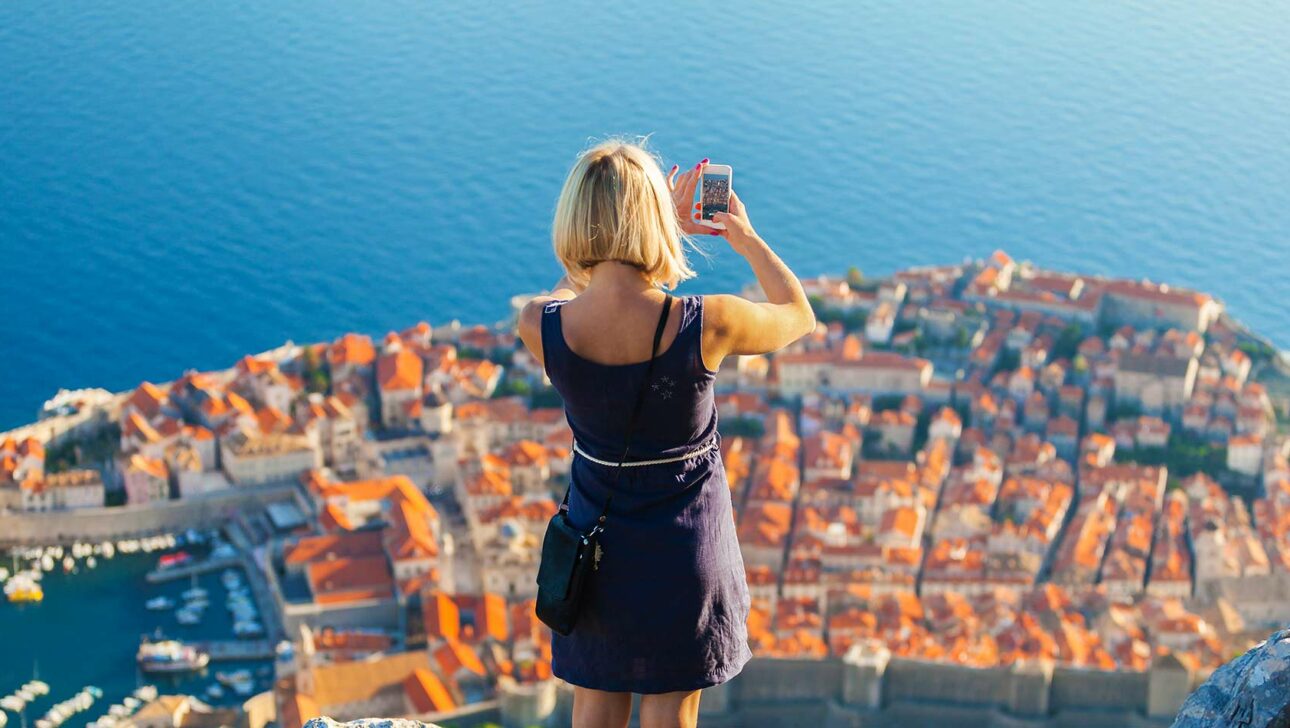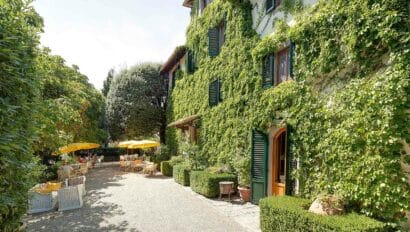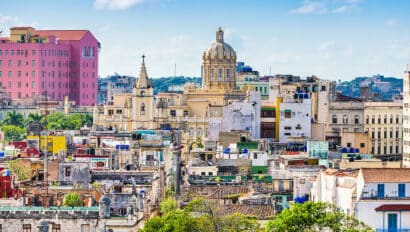Croatia’s historically welcoming culture offers an unforgettably authentic travel experience—especially in the company of Classic Journeys’ expert tour guides.
I first arrived in Split, on the Dalmatian coast of Croatia, one chilly January morning in 1998. It wasn’t quite dawn when I disembarked the overnight ferry from Italy, and as the sun rose I quickly warmed to the charms of this ancient city.
I walked through the empty alleys inside Diocletian’s Palace, built by the Roman emperor at the turn of the fourth century as his sanctuary by the sea, and arrived at the covered fish market to watch fishermen unload the previous night’s catch.
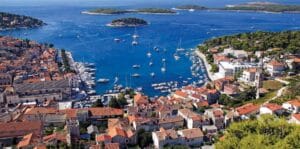
Something immediately captivated me about this raw yet tender country, and I vowed to return. When I did, in September of the same year, I settled in to live and work as a budding freelance travel writer with an interest in the countries of southeastern Europe. Unlike many of its neighbors, who were chilled by decades of Cold War isolationism and now struggle to reinvent their global identity, Croatia is, as it always has been, innately warm and inviting.
Croatia’s unbroken tradition of hospitality, combined with its unspoiled natural beauty, has drawn generations of transplants, myself included, to its port towns. But you needn’t take up residency here to bask in the country’s warmth. A week in the company of Classic Journeys’ guides, Livio and Lela, on one of their tours of Croatia, will certainly make you feel like a seasoned local.
HISTORIC PERSPECTIVE
Livio’s family history mirrors the country’s.
“My grandmother was born when we belonged to Austria-Hungry,” he says. “My mom was born when we belonged to Italy. My brother and I were born during Yugoslavian times, and today’s generation is part of an independent Croatia.”
Croatia was one of the six socialist republics that comprised Yugoslavia. Although communist in ideology, the country was never part of Stalin’s Eastern Bloc. Rather, revolutionary statesman and Communist-idealist Josip Tito broke with Stalin in 1948, and Yugoslavia took an independent course in world politics.
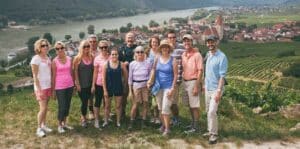
Over an intimate lunch in Groznjan, Livio shares memories of his grandmother’s cooking; heavy with Italian influence and the delicious truffles you’ll sample here. He’ll also guide you through the town’s impressive collection of art galleries. The arts flourished under Tito, and continue to do so today as many painters and sculptors make their home in Croatia.
Livio’s guided tours of Croatia will also take you to the former summer residence of President Tito, in the scenic Brijuni Islands.
From the 1960s on, Yugoslavia developed tourism at a much faster pace than neighboring countries, most notably along its Adriatic coast. In the seaside village of Mošcenice, you’ll see the culture of extravagant vacationing—yachts line the harbor and five-star hotels hug the hillsides—that took hold in the ’60s and ’70s and is firmly rooted today.
THE PEOPLE’S PERSPECTIVE
As Classic Journeys’ other Croatia tour guide Lela will tell you, the rapid change the country has seen just in the past few decades, and especially following the Croatian War for Independence in the early 1990s, has brought about a renewed sense of pride and optimism in this formerly Communist country.
“Our recent history is an example of people living in hope,” she says. “During the war, we guides had no work, but we continued to speak to each other in English so that we wouldn’t forget the language and we would be ready when the country opened up to tourism again.”
And now that Croatia is once again open to the world, Lela is more than happy to introduce visitors to its charms.
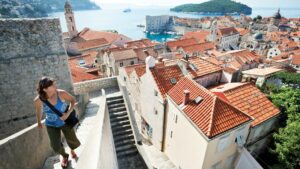
In the countryside near Split, for example, she’ll introduce you to Mario and his father, Teo, who own and operate the first privately owned winery to resume operations after the war. Even when the family business was stymied by Tito’s empire, they held onto their family history and the hope that they’d be able to operate privately again. The pride they have in their vineyard, their own products and their neighbors’ is evident as they welcome you into their cellar and tasting room to sample their wine, along with local cheeses and olives. Like Mario and his father, Croatians hold onto all the memories of the past and none of the bitterness.
“I want every single person who tours Croatia with me to go home with happy memories,” says Lela. “And to carry with them a feeling for why I hold my home country so dear.”
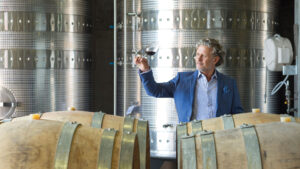
It takes just 7 days and 6 nights to fall in love with Croatia. Dates are limited, so call 800.200.3887 to reserve your spot on our Croatia tour.

